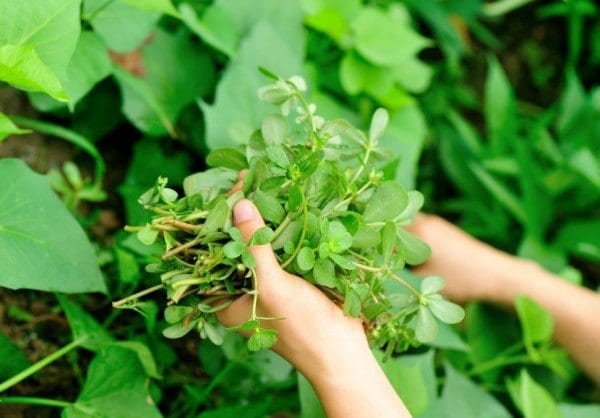
Purslane (Portulaca oleracea, P. sativa) is known as an annoying weed to many but it reality it is a plant loaded with nutritional value and is actually a “superweed.”
Out of all of the weeds that may spring up in your yard, this one is certainly worth keeping around.
Strangely enough, this weed that seems to pop up all over the place such as in between sidewalk cracks and in fields and lawns is classified by the United States Department of Agriculture as a noxious weed, despite its alluring list of redeeming qualities.
According to reports, purslane, a member of the portulacaceae family, was one of Gandhi’s favorite foods and was also eaten by Thoreau while he lived at Walden Pond.
The benefits of this edible weed did not escape early Americans such as Martha Washington who had a recipe for pickled “pursland” in the Booke of Cookery and Booke of Sweetmeats.
This was a collection of hand-written recipes that she received as a wedding gift.
Distribution, Description and Varieties
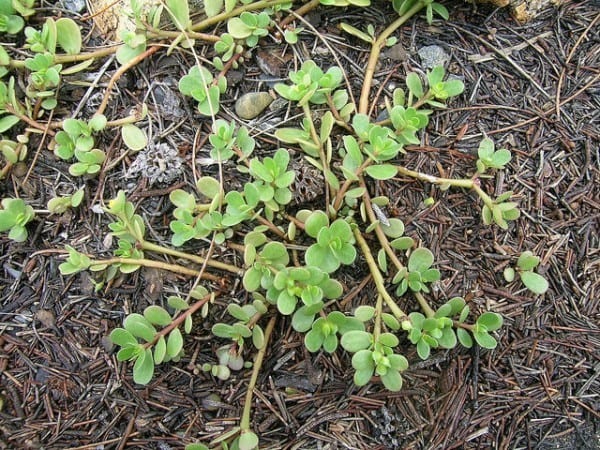
Image Credit: Harry Rose @ Flickr
Purslane is an annual plant that is native to Persia, Africa and India. It grows from late spring until early fall.
It was brought to Europe in the 8th century by Arabs who used it as a salad herb. From Europe, the plant spread into the United States as well as Central and South America.
This low growing herb prefers to grow in vacant areas where the soil is either slightly damp or dry.
The tear-shaped leaves of this fleshy succulent resemble those of a jade plant and it has a slightly reddish colored stem.
Yellow flowers appear in the morning and often close by the heat of the day.
After flowering, the plant leaves behind small dark-colored seeds.
There are actually 3 different varieties of purslane, green, golden and large-leaved. All have a similar nutritional profile.
If you don’t already have this weed popping up in your yard or garden, you can generally find it at any farmer’s market.
Taste, Texture and Use
Many describe the taste of purslane as slightly sour but also pleasantly sweet.
Because it is a succulent, its leaves are very crisp making it a great addition to salads.
However, its use does not stop here, you can also enjoy purslane in stir fry dishes, soups, pickles, rice, potato dishes and even casseroles.
Nutritional Profile
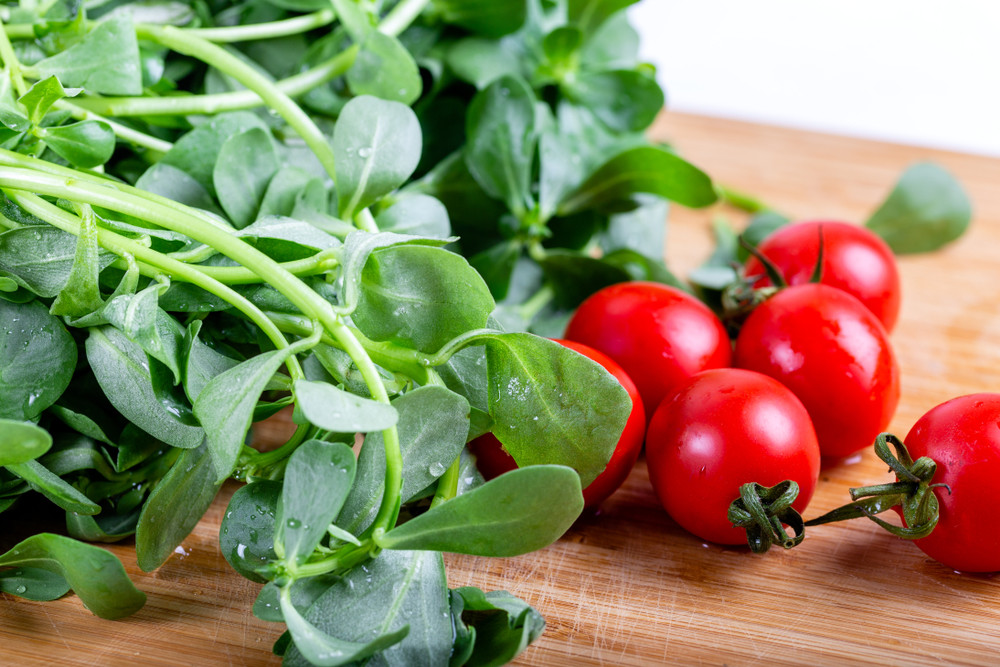
Purslane has a very impressive nutritional profile which includes many substances of varied therapeutic value:
- rich source of potassium ( 494 mg/100g)
- rich source of magnesium ( 68mg/100g)
- contains calcium ( 65mg/100g)
- contains vitamins C, A and E
- contains alpha linolenic acid ( ALA) and gamma-linolenic acid ( LNA)
- contains alpha-tocopherol and ascorbic acid
Omega-3 fatty Acids
Purslane is one of the richest sources of omega-3 fatty acids found in any green plant and even higher than some types of fish.
Omega 3 fatty acids have been proven to decrease the thickness of the blood making them beneficial in the treatment of vascular conditions.
In addition, a diet rich in omega 3 fatty acids has been found to help with the following conditions:
Depression: Research has indicated that depression rates were low in areas where people consumed a diet rich in omega 3 fatty acids.
Bipolar disease: There is a strong indication that omega 3 fatty acids help with bipolar disease.
ADHD: Omega 3’s have been found to help children with ADHD. Sneak some purslane into your children’s smoothies to help with cognitive function and focus.
Dry Eye Syndrome: Omega 3 fatty acids may help with dry eye syndrome. Therefore, a diet rich in omega 3’s such as those found in purslane can keep this condition at bay.
Autism: A diet rich in omega 3’s may help children with autism.
Blood Sugar: Research shows that diets rich in omega 3 fatty acids may decrease insulin resistance in people with diabetes. Just a handful of purslane day can help keep your blood sugar in check.
Baby Development: According to the European Food Safety Authority (EFSA) benefit both eye and cognitive development in babies. According to the study
Reduced Risk of Pneumonia: A higher intake of omega 3 has been found to reduce the risk of pneumonia.
Heart Health: Omega 3 helps to boost the strength of the cardiovascular system. These powerful fatty acids can reduce “bad” cholesterol and promote healthy cholesterol. In addition, consuming foods high in omega-3’s has been shown to significantly reduce the risk of heart disease and atherosclerosis which helps prevent the incidence of heart attack and stroke.
In addition, purslane contains potassium which reduces blood pressure as it acts as a vasodilator, relaxing blood vessels and deceasing strain on the heart muscle.
Antioxidants
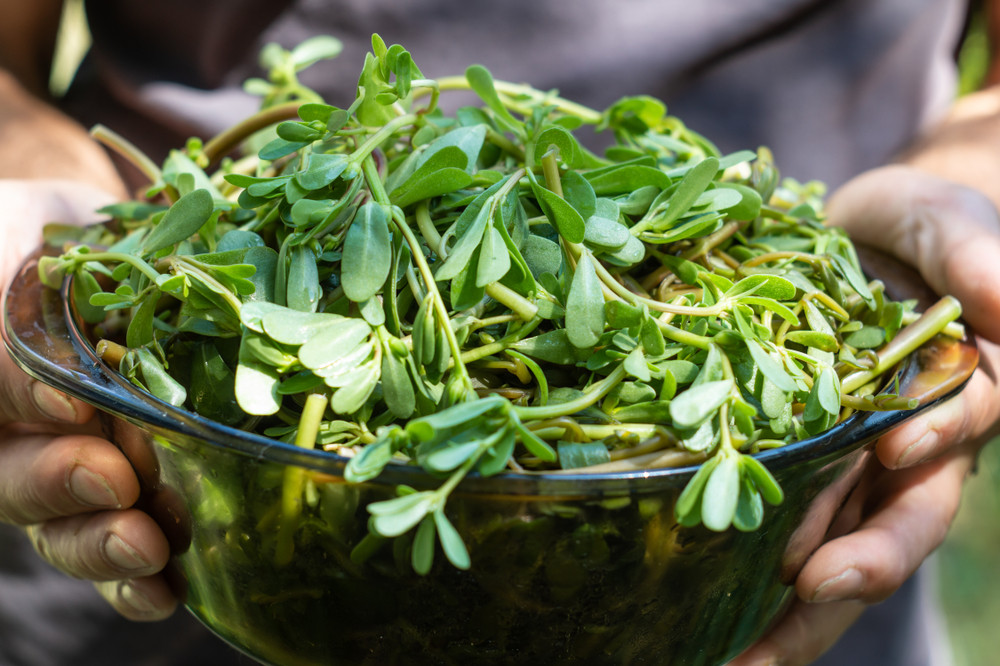
You have probably heard the word antioxidants before. These are manmade and naturally occurring chemicals that help fight free radicals that cause cellular damage.
In fact, antioxidants can help protect you from serious conditions such as heart disease, diabetes and macular degeneration.
Purslane is rich in vitamins A, C and E which are all known for their antioxidant potency.
In addition, this edible weed also contains two betalain alkaloid pigments, beta-cyanins and beta-xanthins, which also act as antioxidants.
Antioxidants also help protect you from certain types of cancers, specifically lung and oral cancers.
The beta cyanins and beta xanthins have a anti-mutagenic impact on the body as they prevent free radicals from causing mutations to healthy cells.
This keeps cancer development at bay.
Vitamins and Minerals
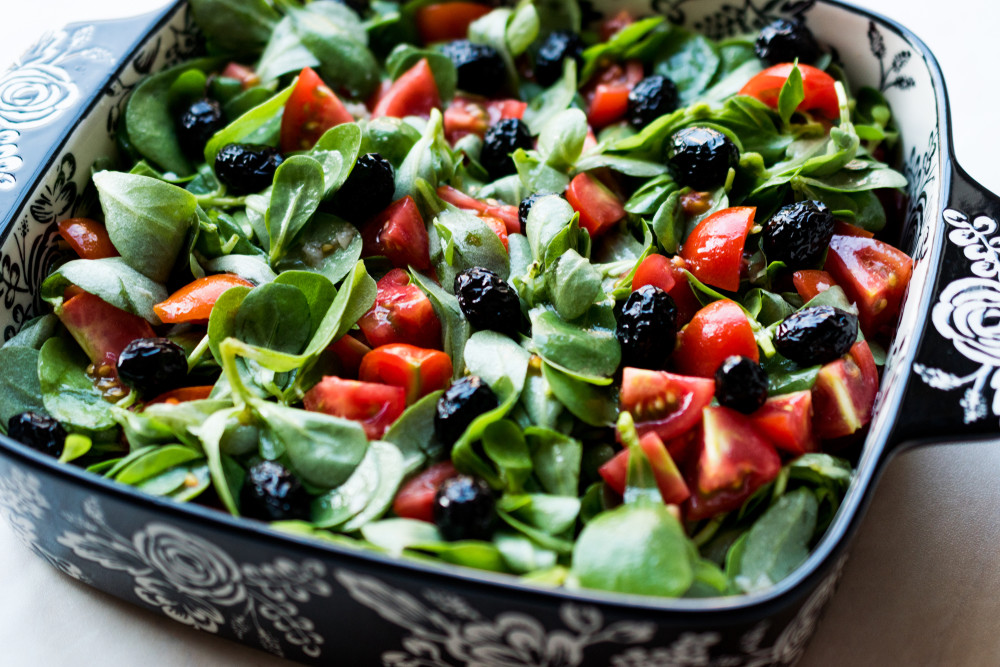
The vitamins and minerals in purslane including iron, magnesium, potassium and manganese are all beneficial to health.
Improved Circulation: The iron and copper in purslane help to stimulate the production of red blood cells. Because of these minerals, there is more oxygen being delivered to essential parts of the body, along with increased speed of healing cells and organs, improved metabolic efficiency and even increased hair growth.
Strong Bones: The wide variety of minerals in purslane work together to protect bones. The elements required to build strong hone tissue include calcium, magnesium, iron and manganese. These elements also help speed the healing process of bones which can help prevent osteoporosis.
Improved Vision: Both vitamin A and beta-carotene have been associated with eye health. Studies show that purslane can help reduce the risk of macular degeneration and cataracts by eliminating free radicals that attack and damage the eyes and can cause commonly age-related diseases.
Skin Conditions: The vitamin A in purslane along with other nutrients can help reduce inflammation when applied topically to stings and bites. Also, it can boost the appearance, stimulate cellular healing, decrease the appearance of wrinkles, scars and blemishes.
Gastrointestinal Health
In traditional Chinese medicine, purslane is used for a number of gastrointestinal conditions including diarrhea, intestinal bleeding, dysentery and hemorrhoids.
Even today the herb known as Ma Chi Xian in Chinese medicine is used to treat numerous intestinal conditions.
It is thought to be effective mainly due to the numerous beneficial organic compounds it contains including dopamine, citric acid, alanine, glucose and malic acid.
Weight Loss Aid
If you are looking to drop a few pounds, look to the nutrient-dense purslane that is also loaded with fiber. If you consume a meal that contains purslane you will feel full and be less likely to overeat.
How to Grow Your Own Purslane
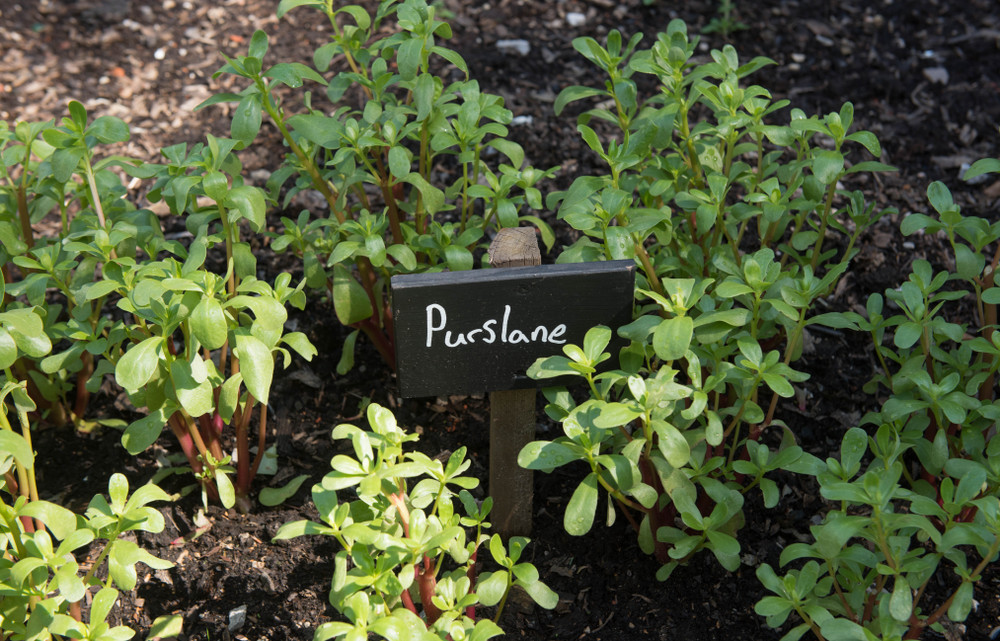
If you want your very own stash of purslane, it is remarkably easy to grow. Simply scatter seeds (available to buy from here) over a sunny or partly sunny area that has some good organic soil or compost.
Do not cover the seeds, they need light in order to germinate. Water lightly and wait for germination.
Be sure to harvest the purslane regularly or it will become invasive.
It is best to harvest before the flowers open.
You can also set cutting into the ground and water them. They generally root within a few days.
Be sure to collect the seeds at the end of the season and plant them next year.
If you are going to collect purslane from other places, be sure that it has not been sprayed with pesticides.
If you are buying purslane from your local farmer’s market or health store, look for leaves that are perky, not floppy. Don’t buy the herb if it has brown spots or appears dry.
It is always best to use fresh purslane within a day or so in order to reap all of its benefits.
How to Eat Purslane
Purslane is very easy to incorporate into numerous meals. You can substitute it for any other leafy green, use it as a garnish, add it to soups, stews or incorporate it into any type of salad.
Here are a few tasty recipes that contain purslane:
Purslane and Cucumber Soup
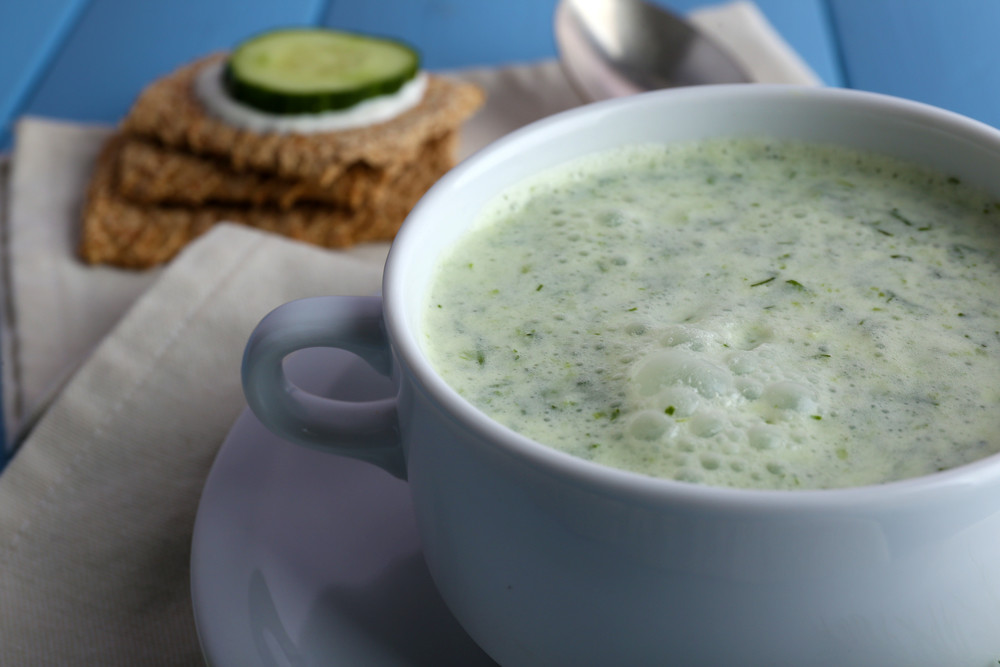
This is a delicious cold soup that is loaded with nutrients and a tasty treat any time of the day.
Ingredients
- 3 persian cucumbers chopped ( leave the skin on)
- 1 green tomato ( chopped)
- 1 medium green onion
- 3 garlic cloves, peeled
- ½ cup purslane leaves and tips
- ½ long piece of green chile
- ¾ cup Greek yogurt
- 2 teaspoons sherry vinegar
- ½ teaspoon coconut crystals
- pinch of sea salt
- pinch of black pepper
- ½ stale pita bread, broken into small pieces
- 2 tablespoons extra virgin olive oil
Blend all ingredients and add more spices or a little water until you get the best consistency. Chill and serve in cups.
Purslane Green Smoothie
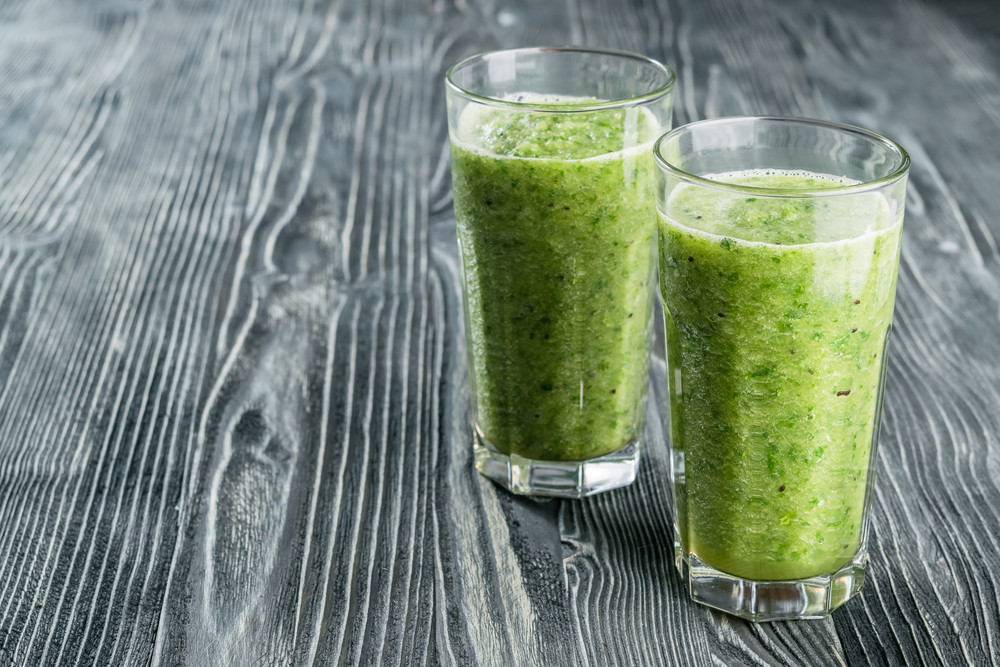
This super energy boosting smoothie is great for after a hard workout or as a pick-me-up any time of the day.
Ingredients
- 2 cups filtered water
- 1 tablespoon chia seeds
- handful of fresh dandelion green leaves
- 4 sprigs of fresh purslane weed
- small handful of fresh cilantro
- frozen banana
- handful of frozen mango
- handful of frozen pineapple
- 1 tablespoon of raw honey
Blend all of the ingredients in a blender and top with raw cacao nibs for delicious treat.
Purslane and Asparagus Soup
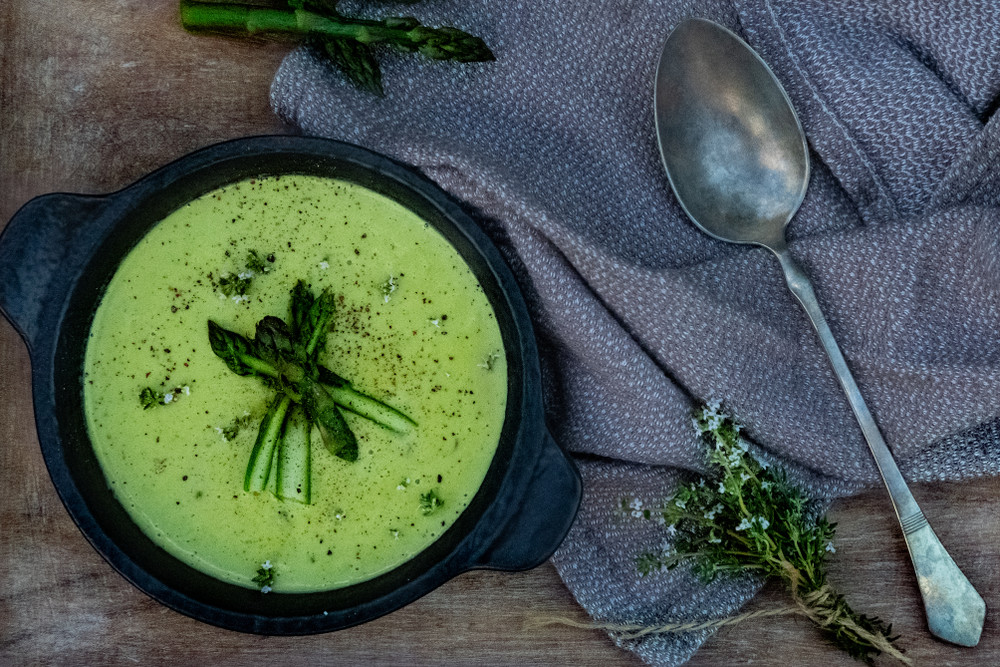
This soup is perfect all on its own or as a starter to any meal.
Ingredients
- 1 pound fresh green asparagus
- sea salt
- 2 tablespoons olive oil
- ½ medium red onion, diced
- 2 cloves of garlic, minced
- 1 medium fennel bulb, diced
- 3 sprigs of thyme
- 2 cups water4 ounces purslane with stems removed
Cook the asparagus on the stove until slightly tender. Drain and submerge them in a bowl of ice water and drain again.
Add olive oil, onion, garlic and fennel along with a pinch of salt to a saucepan and cook for five minutes, Add thyme and dried asparagus stems.
Cook for one minute. Add the water and bring liquid to a boil.
Cook for seven minutes, add purslane and cook for 2 more minutes.
Transfer to a blender and puree. Adjust seasoning as desired.
Serve warm topped with a bit of Greek yogurt, chives and asparagus tips.
Wild Greens Salad
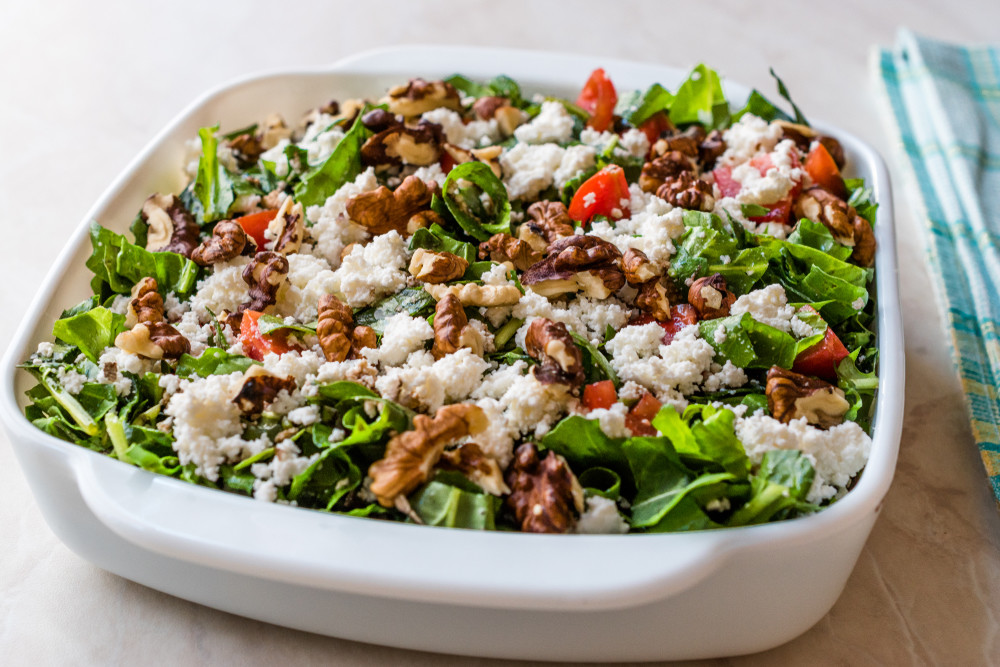
If you love greens, you are going to love this salad. The flavors combine so well and it will bring your taste buds to life.
Ingredients
- 8 cups of mixed greens ( of course you will want to include a generous amount of purslane in this mix)
- raw nut halves
- sea salt and freshly ground pepper to taste
- olive oil and vinegar dressing to taste
- edible flowers for garnish
- feta or goat cheese crumbles
Mix the greens together and drizzle with oil and vinegar.
Lemon and Purslane Carrot Juice
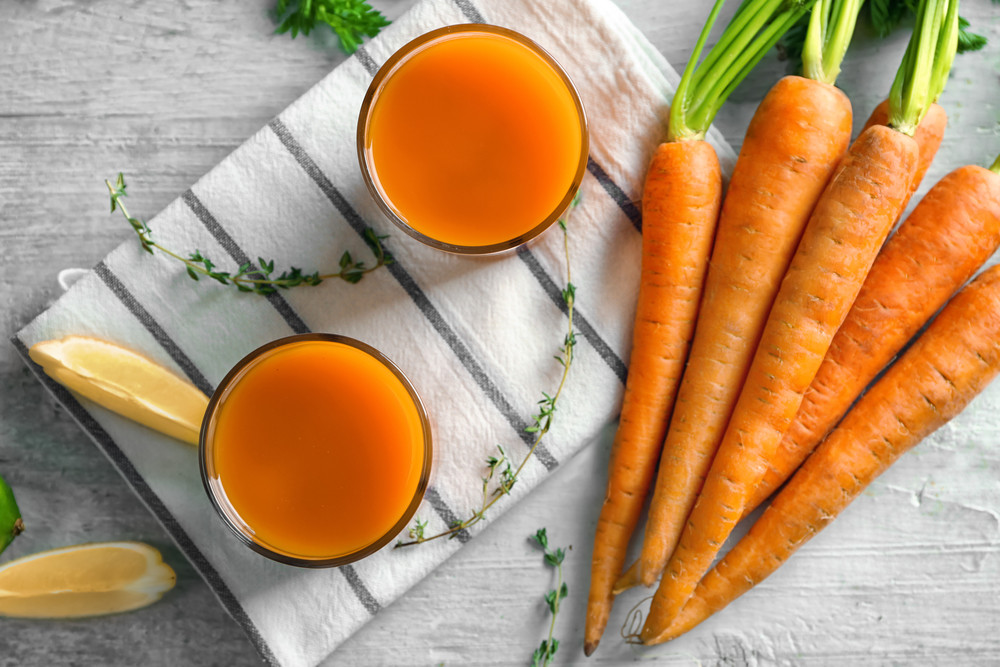
This immune-boosting juice is perfect if you are feeling a bit under the weather or just to keep your defenses up all winter long.
Ingredients:
- A handful of fresh purslane
- 4 medium organic carrots
- 1 medium organic apple
- ½ cucumber peeled
- 1 wedge of lemon
- 1 medium organic beet
Juice all ingredients and enjoy over ice.
Note: If you are pregnant, beware that eating purslane can cause the uterine muscles to contract.
